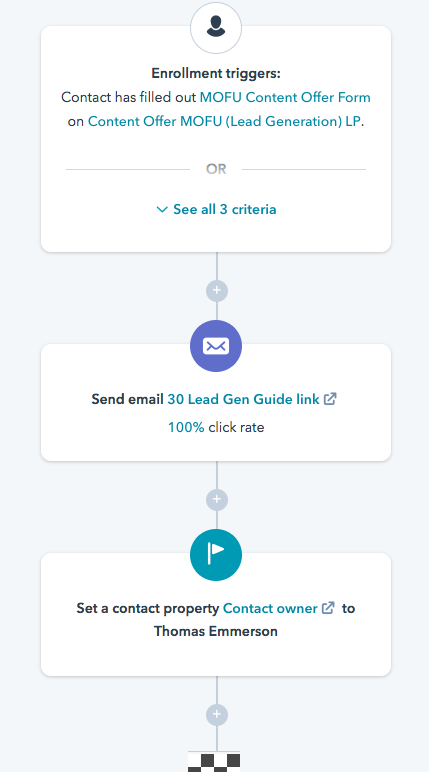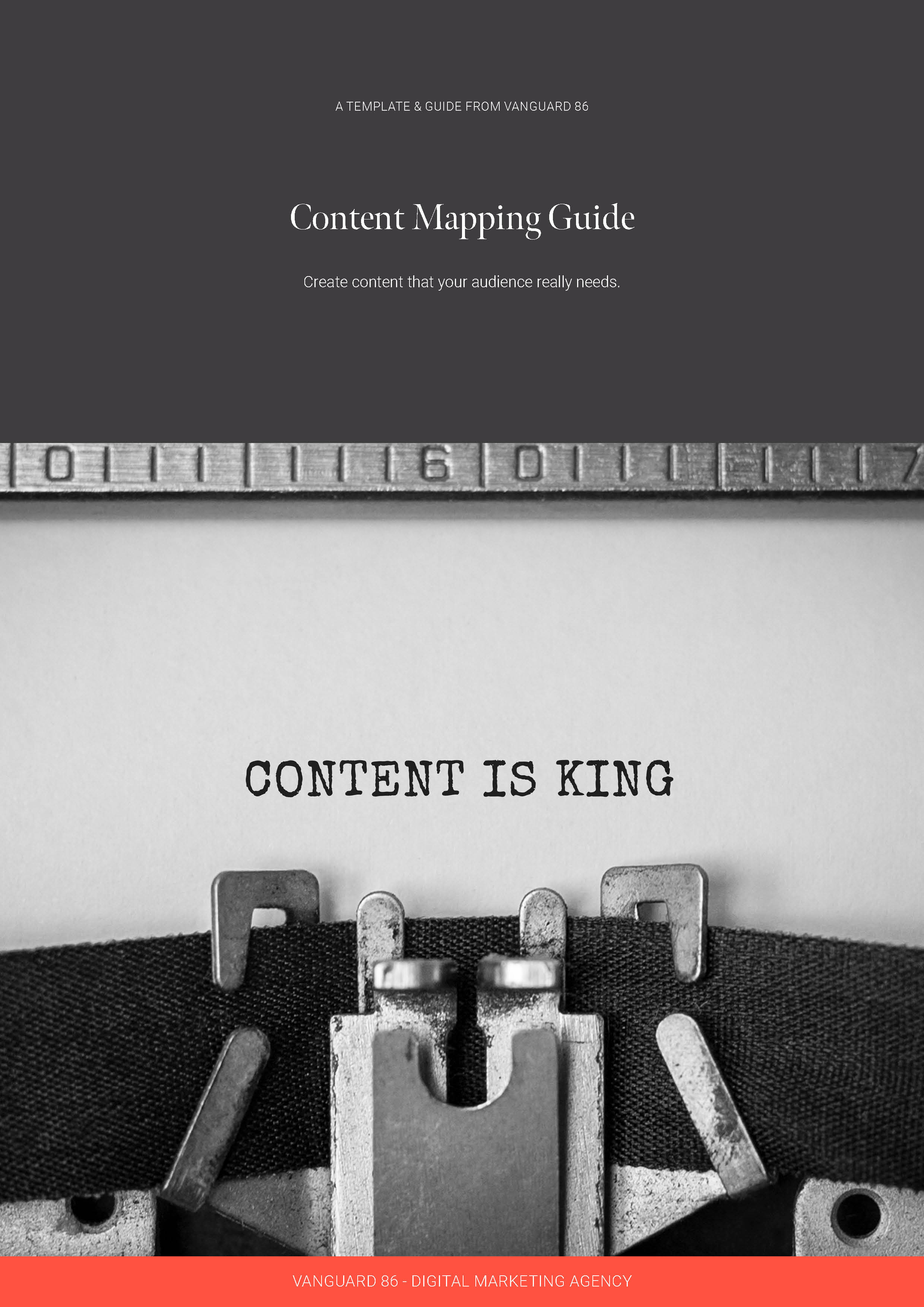How does marketing automation really work?

Marketing can be a demanding and time-consuming discipline, and on the surface it may not seem like the ideal candidate for automation. After all, marketing is creative and forever changing. How can a computer programme ever hope to better a human in a discipline that works best when it's, well, human?
Personal touches really win in modern business. With so many companies becoming more cold and cookie-cutter, the ones that stand out are the ones that deliver another level of service. Or surprise us by doing something that we, as humans, appreciate.
Yet many marketers struggle to dedicate their time to coming up with the next winning campaign. Their time is instead committed to churning out the same monthly tasks over and over again.
The good news is that a solution is readily available.
What is marketing automation?
Marketing automation is the application of software that handles basic marketing tasks. If a task can be mapped very easily, is the same every time, and can be set and forgotten about, then it's a prime candidate as the perfect task for marketing automation.
Automation has a bit of a bad rep as many see it as allowing the computers to take over a human's job, and many people have seen examples of bad automation. This is where marketing automation differs massively from process automation in factories or in manufacturing facilities. For example, sorting envelopes by size is a job that can be done faster and to a higher standard if handled by a machine. Marketing can actually become worse if handled by machines!
Marketing automation can instead, handle tasks that slow down great marketing or sales. This can help a busy marketing team do even more marketing, or spend the extra time improving their marketing in general. This creates efficiencies in teams and helps a business generate more revenue overall.
Examples of marketing automation
Marketing automation can be used in many creative ways, but here are a few common examples to help you see the sort of processes that automation can handle.
- Emailing a brochure to a contact when they request a copy through a web form
- Sending a monthly email to your contacts with new blog articles
- Creating a task for a salesperson to contact a prospect when they visit your website
- Assigning a contact to a sales rep based on region or area of interest
- Creating an opportunity in a sales pipeline after someone requests a quote on your website
- Sending an email asking for feedback once someone had bought a product online
- Sending a stream of introductory emails when someone signs up to buy online
How does marketing automation work?
Because marketing automation is handled by software, it requires the tasks to be part of an easily definable process. It requires a simple trigger to know when it should begin its tasks, and it requires the creator to input every step accurately or it will fulfil the wrong tasks - so you are still ultimately in control of what happens in your automation flow.
It's also important to make sure you don't create workflows that conflict with each other - or create an infinite loop of conflicting tasks.

The above is an example of a very basic workflow. It's broken down into these three basic parts:
- A trigger
- A stream
- An end point
Workflows can have multiple triggers, multiple items and actions in the stream and multiple end points.
Triggers
Triggers can be as simple as a contact downloading a brochure, filling out a form, visiting a web page or opening an email.
Streams
Streams are the main body of the workflow, they are the tasks you wish the automation to handle. Contained within a stream can be tasks for people, emails to be sent, branches to determine if someone should receive tasks or leave the workflow or be enrolled in a new workflow.
End points
These are to signal when all actions are over and the contact can leave the automation.
When marketing automation doesn't work
There are times when marketing automation can make a business more efficient, and times when it can put the brakes on business growth.
For example, having marketing automation deal with your customer complaints or feedback can actually annoy an already aggravated customer and make them even angrier.

Likewise if the automation creates more low skill tasks then it may be adding to the problem. Automation should be designed to make everyone's life easier and add value to the marketing process.
To ensure you're delivering the most value to your online audience, be sure to map out your user experience and content to understand how you can best service your users at the right time. Not sure where to start? Download our guide to content mapping.
Download your free guide to Content mapping
Discover templates and rules to create content that your audience truly needs and actually wants to see.
Download now




